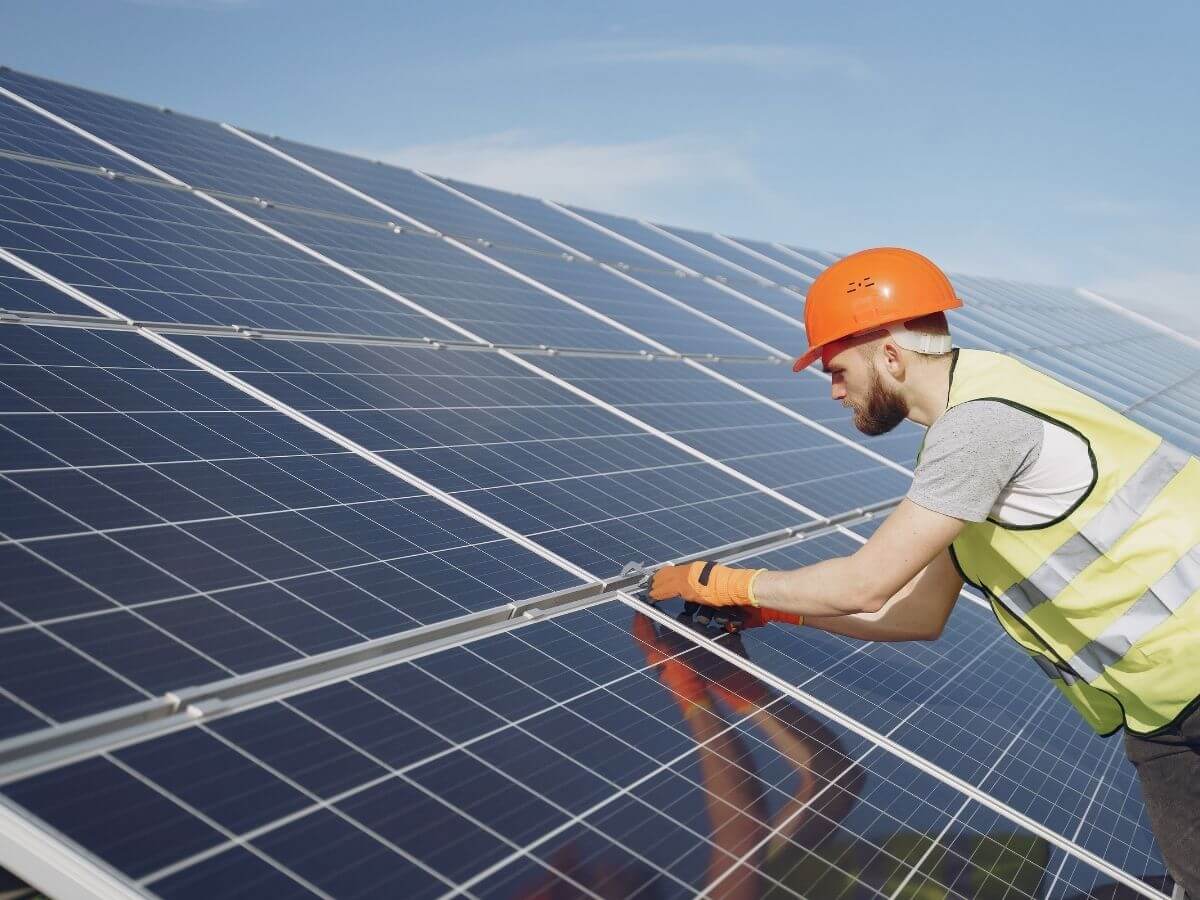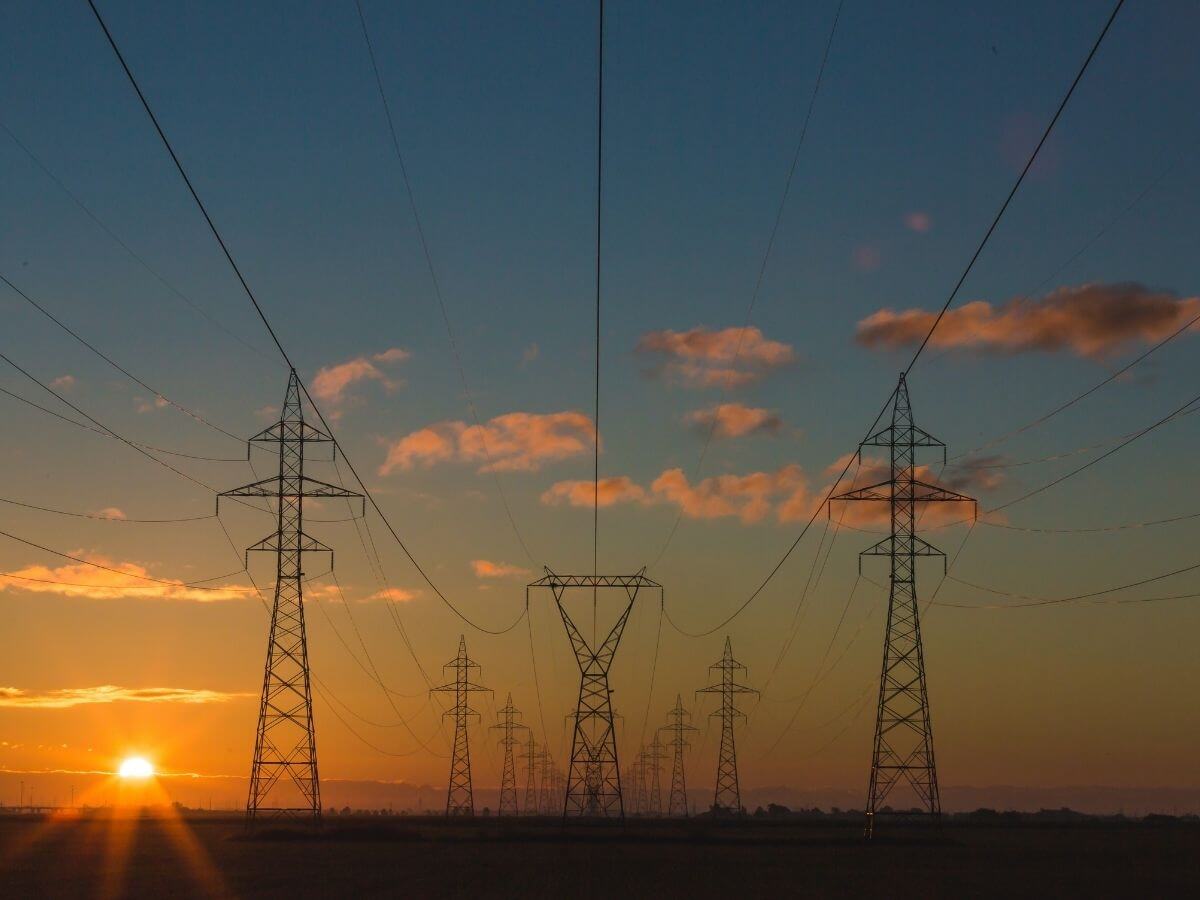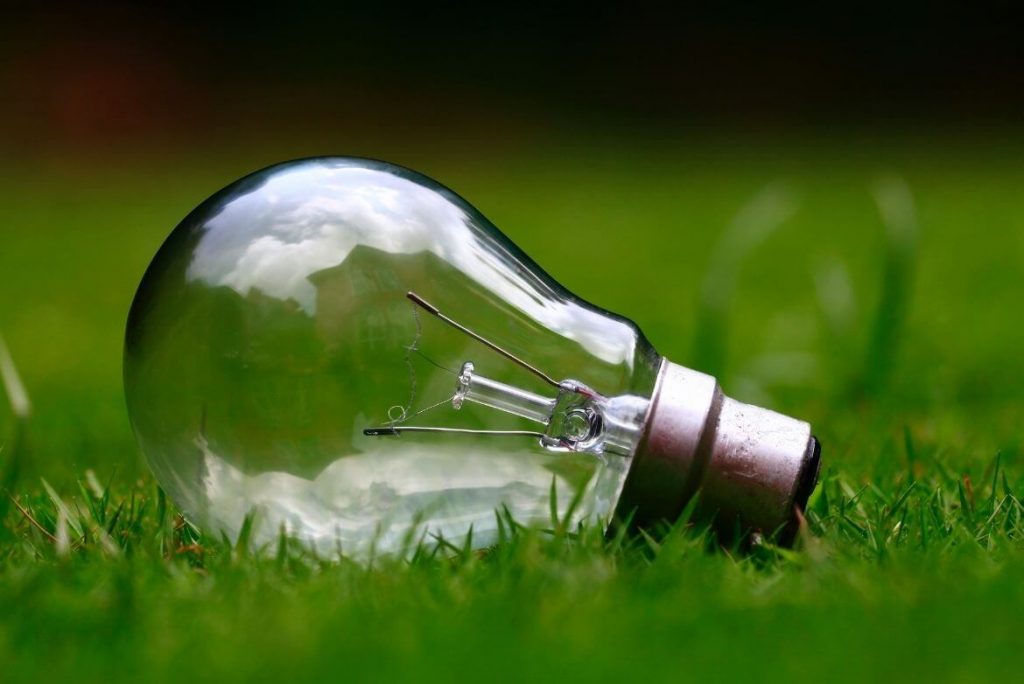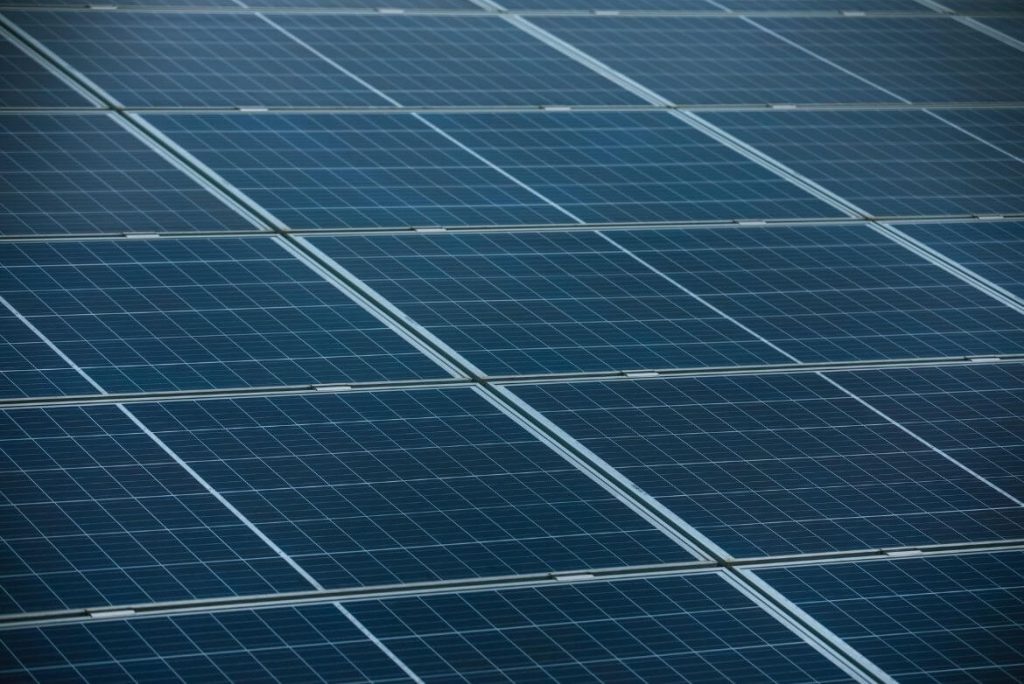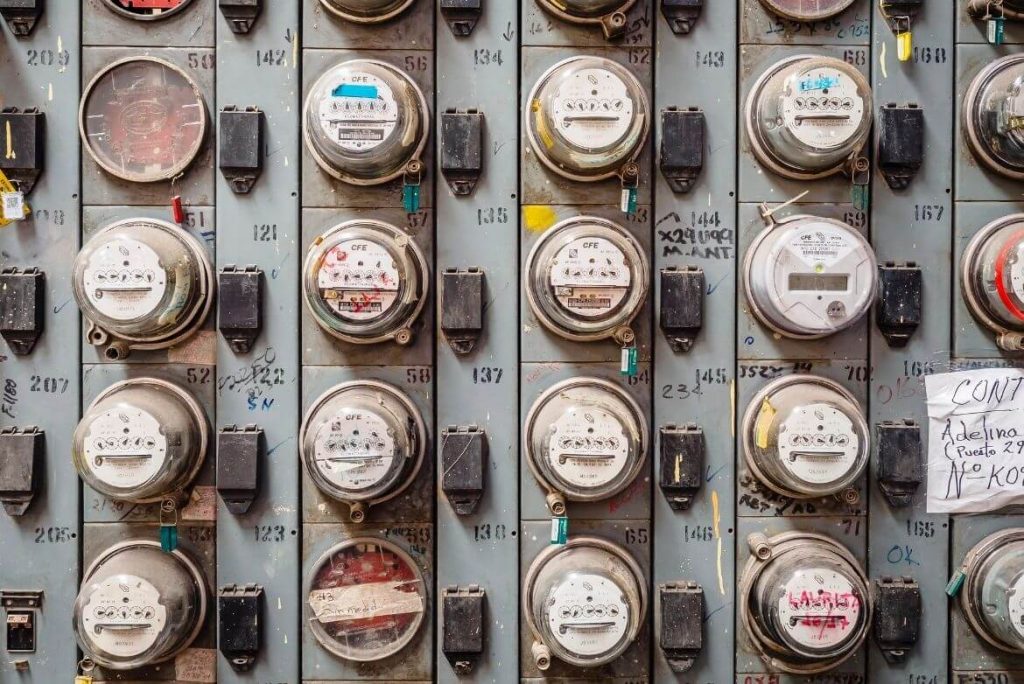What are the characteristics of monocrystalline or polycrystalline panels? Do you know the difference between these two types of photovoltaic panels?
The sun is an incredible source of energy. Just think that the Earth receives more energy from the sun in one hour than the entire energy consumed by the world’s population in a year. Solar energy is converted into electricity by means of photovoltaic cells.

The technology of photovoltaic panels has evolved significantly in recent years, resulting in the emergence of increasingly innovative solar panels. There are many factors to consider when thinking about purchasing a solar energy system, one of them being the type of solar panels.
For residential users, most of the solar panels available on the market in Romania can be divided into three categories:
- Monocrystalline Photovoltaic Panels
- Polycrystalline Photovoltaic Panels
- Photovoltaic panels with thin layer
Although all these categories of panels are intended to convert solar energy into electricity, they still have different characteristics. Considering that most domestic consumers choose monocrystalline and polycrystalline photovoltaic panels, in this article we will compare these two types of panels.
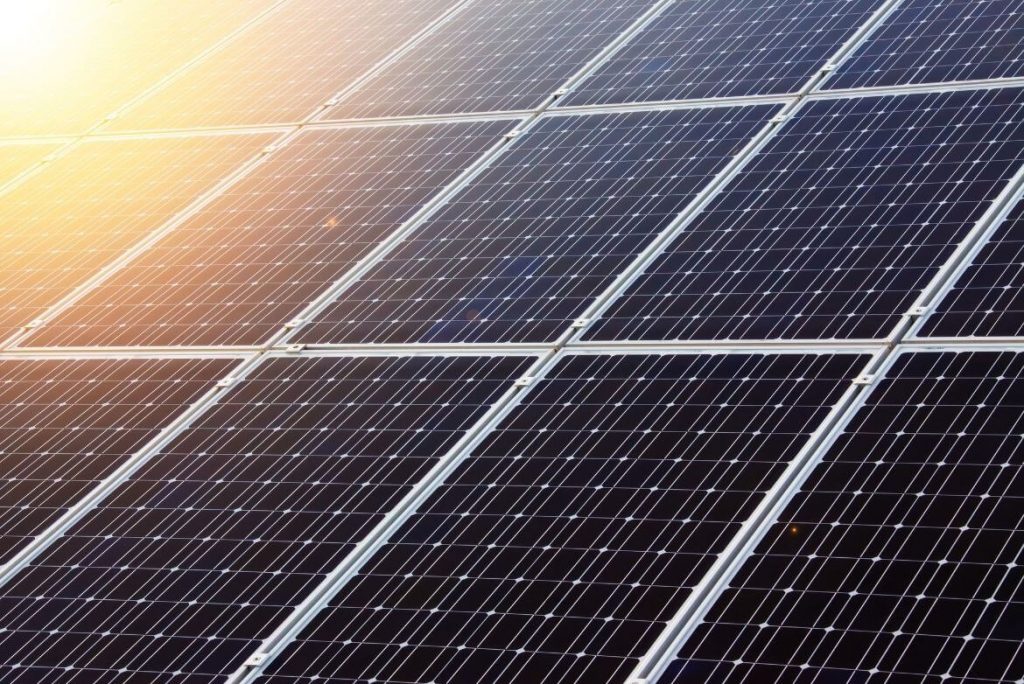
What do we choose – monocrystalline or polycrystalline panels?
The table below shows the main differences between monocrystalline photovoltaic panels and polycrystalline photovoltaic panels:
| Characteristics | Monocrystalline panels | Polycrystalline panels |
| Cost | Higher | Lower |
| Eficiență | Higher | Lower |
| Apperareance | Black | Dark blue |
| Lifespan | Up to 25 years | Up to 25 years |
| Space | Takes up less space on the roof | Takes up more space |
| Performance | Higher performance, even in regions with less natural light | Reduced performance in frequently cloudy areas |
Conclusion
We can see that apart from the lifetime, which is similar for both types of solar panels, monocrystalline solar panels have many more advantages than polycrystalline ones. This also explains their higher cost.
